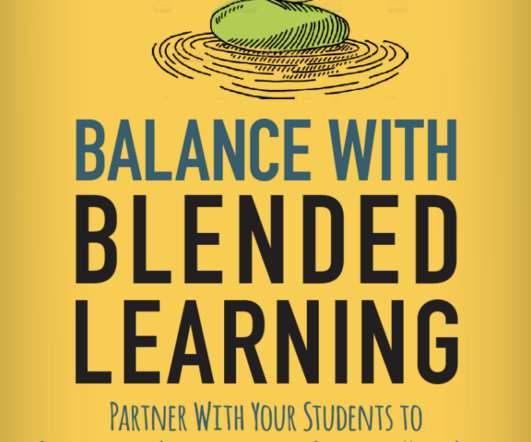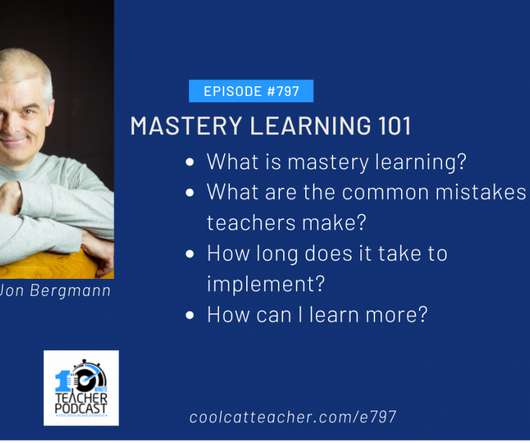Self-Regulation in Blended Learning Environments
Catlin Tucker
MARCH 8, 2021
Self-regulation is the “self-directive process by which learners transform their mental abilities into academic skills” and “the self-generated thoughts, feelings, and behaviors that are oriented to attaining goals” (Zimmerman, 2000; 2002). It is not a mental ability or an academic performance skill (Zimmerman, 2002).

















Let's personalize your content